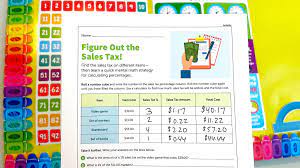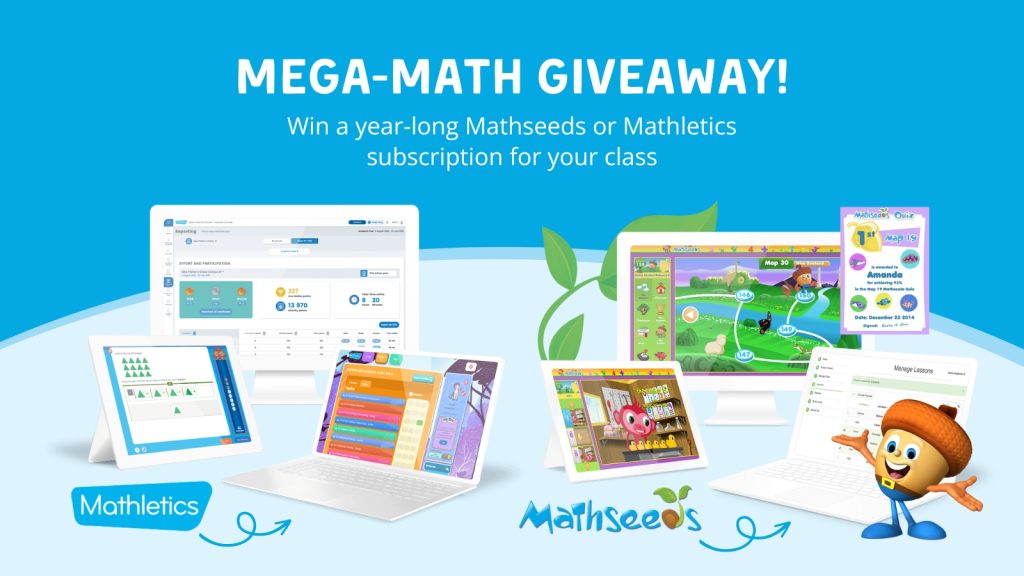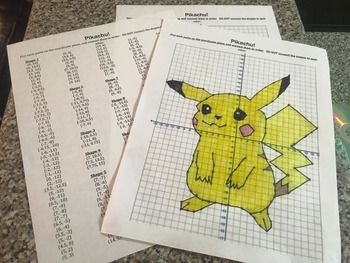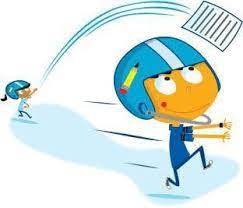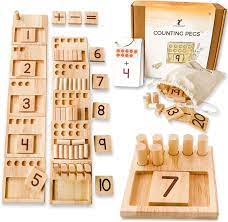Introduction:
Mathematics is a fundamental subject that helps children develop various essential skills such as critical thinking, problem-solving, and logical reasoning. Elementary teachers play a vital role in making math interesting and fun for young minds. To help you out, we have compiled a list of 15 engaging mathematics activities that will inspire curiosity and keep your students engaged throughout the learning process.
1.Counting Beads
Use colorful beads and strings to help students practice their counting skills. Create different sets of bead numbers, and ask the students to count them and arrange them in ascending or descending order.
2.Tangram Puzzles
Introduce your students to tangrams – geometrical puzzles made up of seven pieces that can be arranged to create various shapes and figures. This activity promotes spatial awareness and shape recognition.
3.Fraction Pizza
Make a paper pizza craft by dividing it into fractions to teach students the concept of fractions visually. Let them decorate their “pizza” with various toppings to make it a fun experience.
4.Multiplication chart hopscotch
Draw a multiplication chart on the playground using chalk, so children can learn their multiplication tables while playing hopscotch. They must jump on the correct product in sequence.
5.Geometry scavenger hunt
Organize a scavenger hunt where students look for geometrical shapes in their surroundings (e.g., classroom, playground). This activity helps them better understand shapes like triangles, squares, rectangles, circles, etc.
6.Math Flip Book
Create flipbooks with various simple arithmetic problems (addition, subtraction). Students would then work in pairs or groups to discuss and solve these problems.
7.Measuring lengths with non-standard units
Introduce the concept of measurement by using non-standard units like pencils, paperclips, erasers, etc., to measure lengths of various objects around the classroom.
8.Clock Reading Challenge
Teach your students how to read analog clocks and then have them participate in a clock-reading challenge where they need to identify specific times accurately, helping improve their time-telling skills.
9.Money Math
Use play money to teach students basic money-related calculations like making change, counting totals, and understanding the value of different coins and bills.
10.Probability games
Introduce probability concepts through simple games using dice or coins. Students can record the outcomes and discuss the likelihood of each event occurring.
11.Stacking Cups
Teach students how to measure volume by stacking cups of different sizes and discussing the relationship between height, width, and capacity.
12.Magic Squares
Introduce magic squares – numbered grids with rows, columns, and diagonals adding up to the same total. Have students create their own magic squares while exploring patterns and sequences in numbers.
13.Pattern Block Designs
Let students create designs using pattern blocks with specific guidelines that involve symmetry, rotation, or reflection. This activity promotes creativity while teaching geometric transformations.
14.Estimation Jar
Have an estimation jar with small objects like beads or marbles inside it. Encourage students to estimate the number of items inside the jar and discuss strategies for estimation.
15.Mental Math Challenge
Promote mental math skills with fun challenges where students solve simple arithmetic problems without using pencil or paper.
Conclusion:
By incorporating these engaging activities into your mathematics curriculum, you can make learning math an enjoyable experience for your elementary students. These activities not only improve math skills but also boost critical thinking, problem-solving abilities, and teamwork among young learners.


